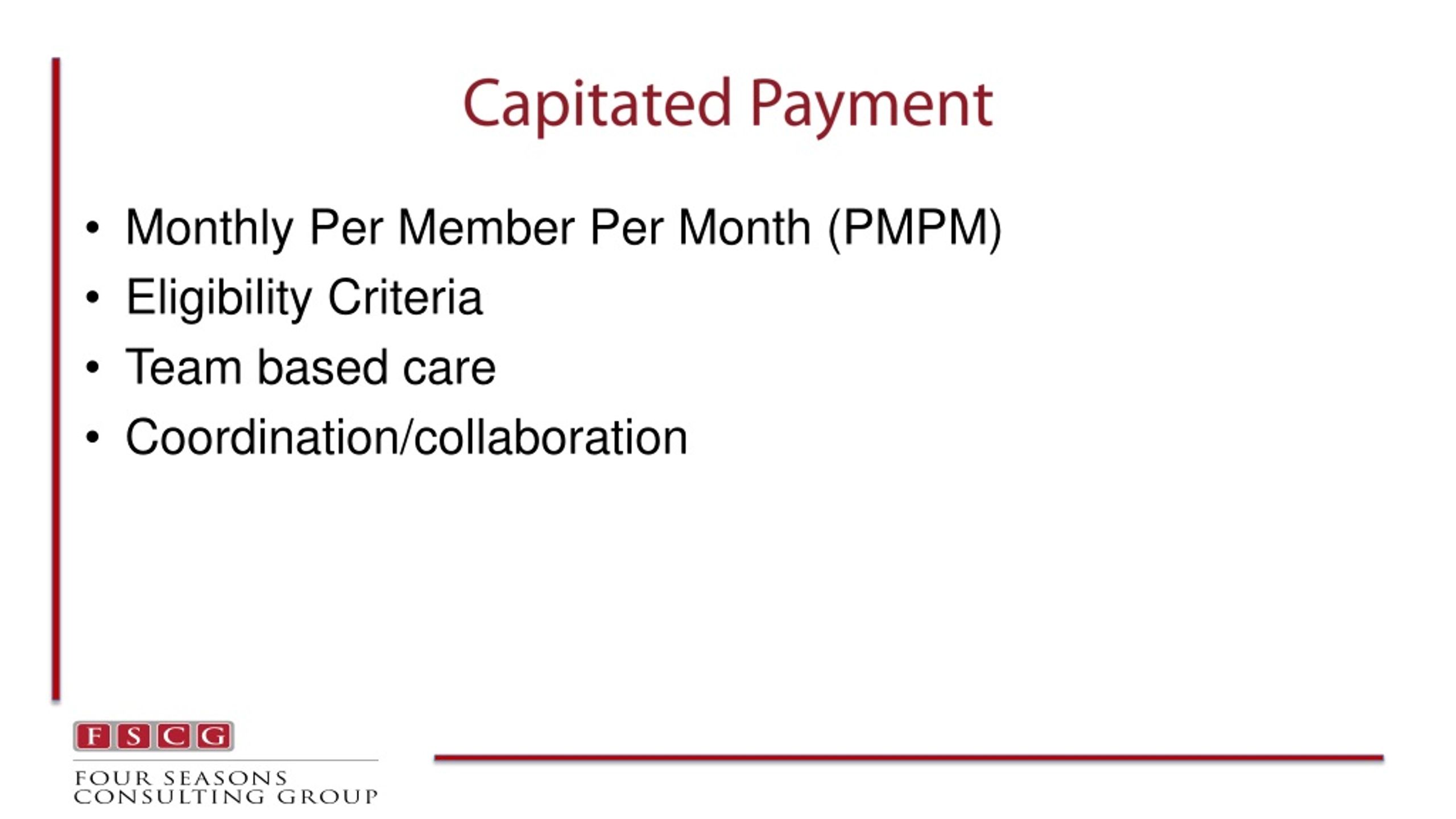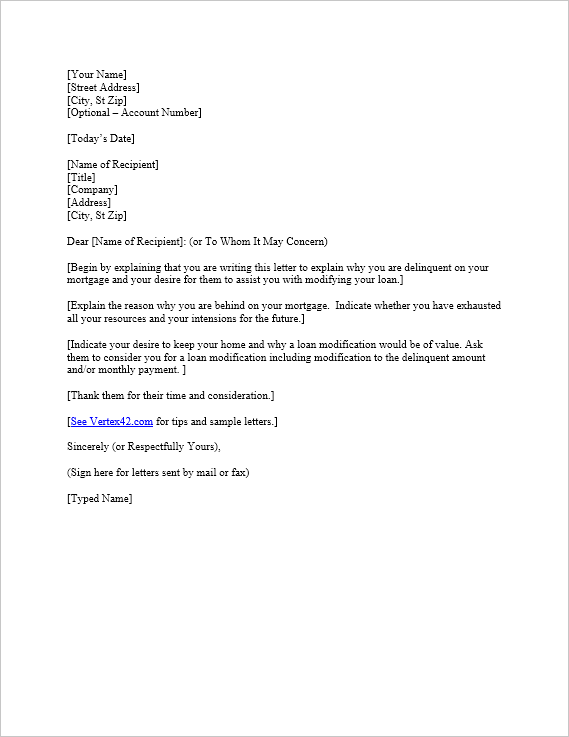



As a result, payments are recorded twice, which overstates income and assets. If there is a large balance in undeposited funds, the user may have used “Receive Payments” and recorded receipts to the “Undeposited funds” account, and then entered the same payments as deposits in the account register or in the “Record Deposits” window.

Let's look at how QuickBooks handles this process. When receiving customer payments, the normal "Deposit to:" account should be set to "Undeposited Funds." Users can require that all payments are posted to undeposited funds by setting it in the company preferences for Sales & Customers. It also assures that our deposit date and amount will match the amounts on our bank statements, which makes bank reconciliations easier. This assures that we do not count checks in our drawer as deposited in our bank account until we actually deposit the checks. When we are ready to run to the bank, we select "Record Deposits" and let QuickBooks do the additions if multiple checks are involved, print a deposit slip for the total to be deposited, and record the transfer from undeposited funds to our bank account. QuickBooks allows us to post customer payments to a holding account called "undeposited funds," which is another term for our desk drawer.


 0 kommentar(er)
0 kommentar(er)
